I have created a custom cell for loading into a table. The interface is complete and now I am trying to link the xib and the class.
I have the split screen view open and I try to control drag the item so that Xcode can make the connection for me. When I fill in the name and click connect I get an error:
Could not insert new outlet connection: Could not insert source code into document at URL://localhost/Users/Velox/Projects/CompanyName/ProjectName/ProjectName/HistoryCell.m because it does not contain a class definition for the class named HistoryCell.
I have set the custom class of the xib to HistoryCell.
What am I missing here?
Thanks.
